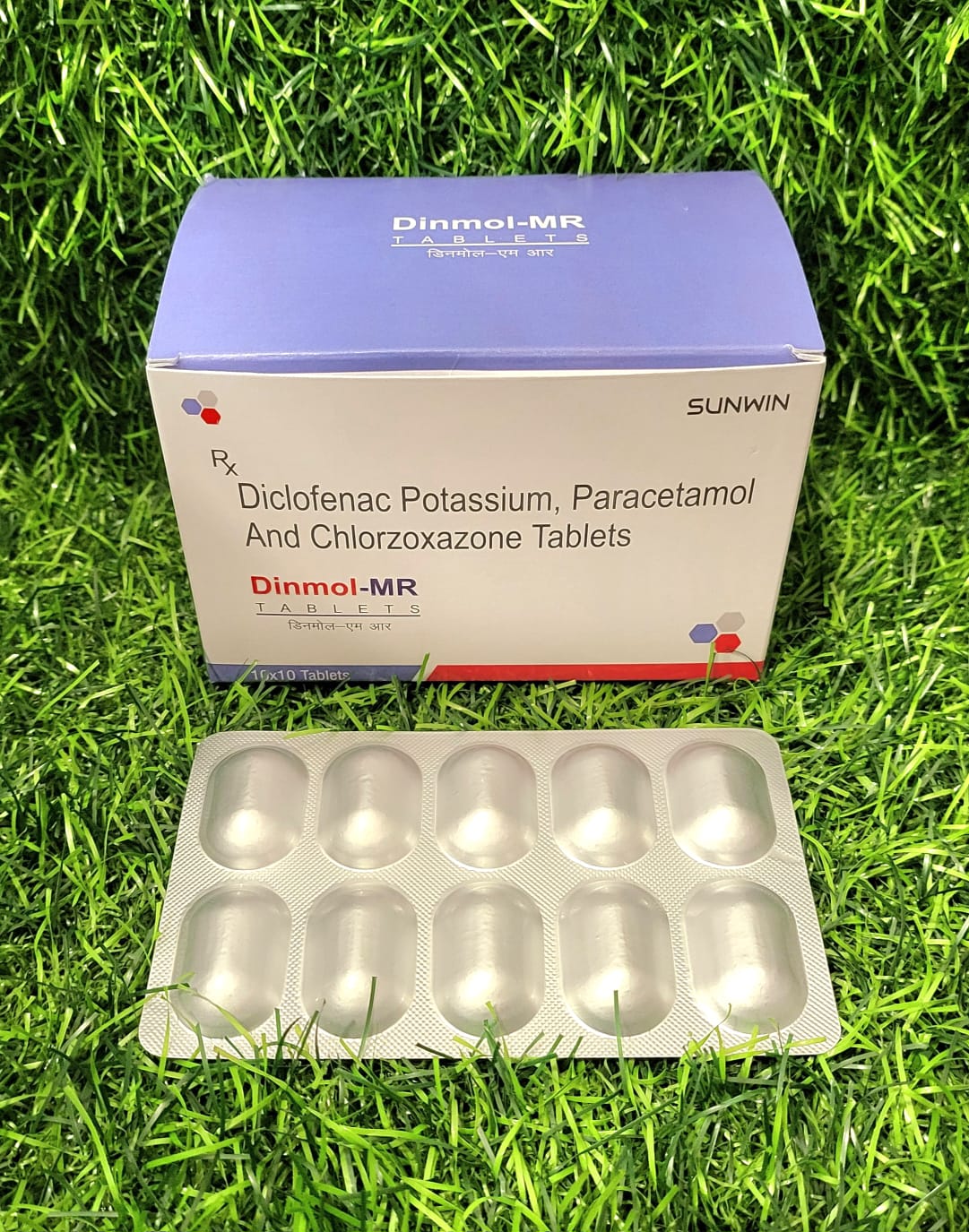Composition:-
Dapaglifozin 10mg
Uses:-
Dapagliflozin 10mg is an oral medication used to manage type 2 diabetes mellitus. It belongs to a class of drugs known as SGLT2 inhibitors. Dapagliflozin works by preventing the kidneys from reabsorbing glucose back into the blood, allowing more glucose to be excreted in the urine. This helps to lower blood sugar levels and improve glycemic control. Additionally, dapagliflozin can aid in weight loss and reduce the risk of heart failure in patients with type 2 diabetes.
Side Effects:-
- Genital Infections: Dapagliflozin increases the amount of glucose in the urine, which can lead to an increased risk of genital infections, such as yeast infections and urinary tract infections. Symptoms include itching, burning, and unusual discharge.
- Dehydration: By increasing urine output, dapagliflozin can cause dehydration. Symptoms of dehydration include dizziness, lightheadedness, dry mouth, and increased thirst. Patients are advised to stay well-hydrated while taking this medication.
- Ketoacidosis: Although rare, dapagliflozin can lead to diabetic ketoacidosis, a serious condition characterized by high levels of ketones in the blood. Symptoms include nausea, vomiting, abdominal pain, difficulty breathing, and confusion. Immediate medical attention is required if these symptoms occur.
- Hypoglycemia: While dapagliflozin alone does not usually cause low blood sugar, it can occur when used with other diabetes medications, such as insulin or sulfonylureas. Symptoms of hypoglycemia include sweating, shakiness, dizziness, and confusion.
- Increased Urination: Dapagliflozin can cause increased urination, which may lead to discomfort and inconvenience, especially at night.
Indication:-
Dapagliflozin 10mg is indicated for the treatment of type 2 diabetes in adults. It is used alongside diet and exercise to improve blood sugar control. Dapagliflozin can be used as monotherapy or in combination with other diabetes medications, such as metformin, insulin, or other oral antidiabetics, depending on the patient’s individual needs and medical history. It is also indicated to reduce the risk of hospitalization for heart failure in adults with type 2 diabetes and cardiovascular disease.

